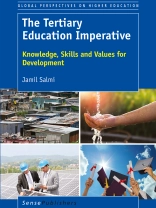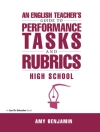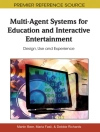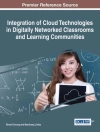The world of tertiary education has changed significantly in the past fifteen years. Developing countries have seen tremendous enrollment growth, especially in the private sector. Many nations are facing an exponentially rising demand as more young people graduate from high school as a result of the successful implementation of the Education for All agenda. The launch of the Sustainable Development Goals by the United Nations in September 2015 has given renewed consideration to the importance of education for development and the urgency of putting in place viable financing strategies. Against this background this book explores the crucial role played by tertiary education towards achieving the Sustainable Development Goals. It observes that tertiary education finds itself at a crossroad today, as national systems are pulled in several directions by a combination of factors—crisis factors, rupture factors, and stimulation factors—bringing about both opportunities and challenges. How these forces in the tertiary education ecosystem play out in each country will determine the new “perils” and “promises” that are likely to shape the contribution of tertiary education to economic and social development in the years to come.
İçerik tablosu
Foreword; Introduction; The Changing Context: New Challenges, New Opportunities; Introduction: Knowledge and Innovation as Drivers of Economic and Social Development; Changing Labor Markets in the Digital Era; The Evolving Tertiary Education Ecosystem; Conclusion: Challenges and Opportunities; The Contribution of Tertiary Education: Theory vs. Reality; Role and Benefits of Tertiary Education; The Reality of Tertiary Education in Developing Countries: Long-Standing and New Challenges; Designing and Implementing System-Wide Reforms; Ignition Phase; Elaboration of a Vision for the Future of the Tertiary Education System; Formulation of a Set of Strategic Measures; Launch of the Reform; Ensuring the Sustainability of the Reform; Ensuring Financial Sustainability: What is at Stake?; Elements of a Sustainable Financing Strategy; Strategic Decisions Influencing Financing Requirements; Resource Mobilization Options; Resource Allocation Mechanisms; Conclusion; Role of the Donors; What Works: Lessons of Experience from Donor Interventions; Roadmap for Donor Support in Tertiary Education; Conclusion: The Reform Imperative; References; Appendices; About the Author.












